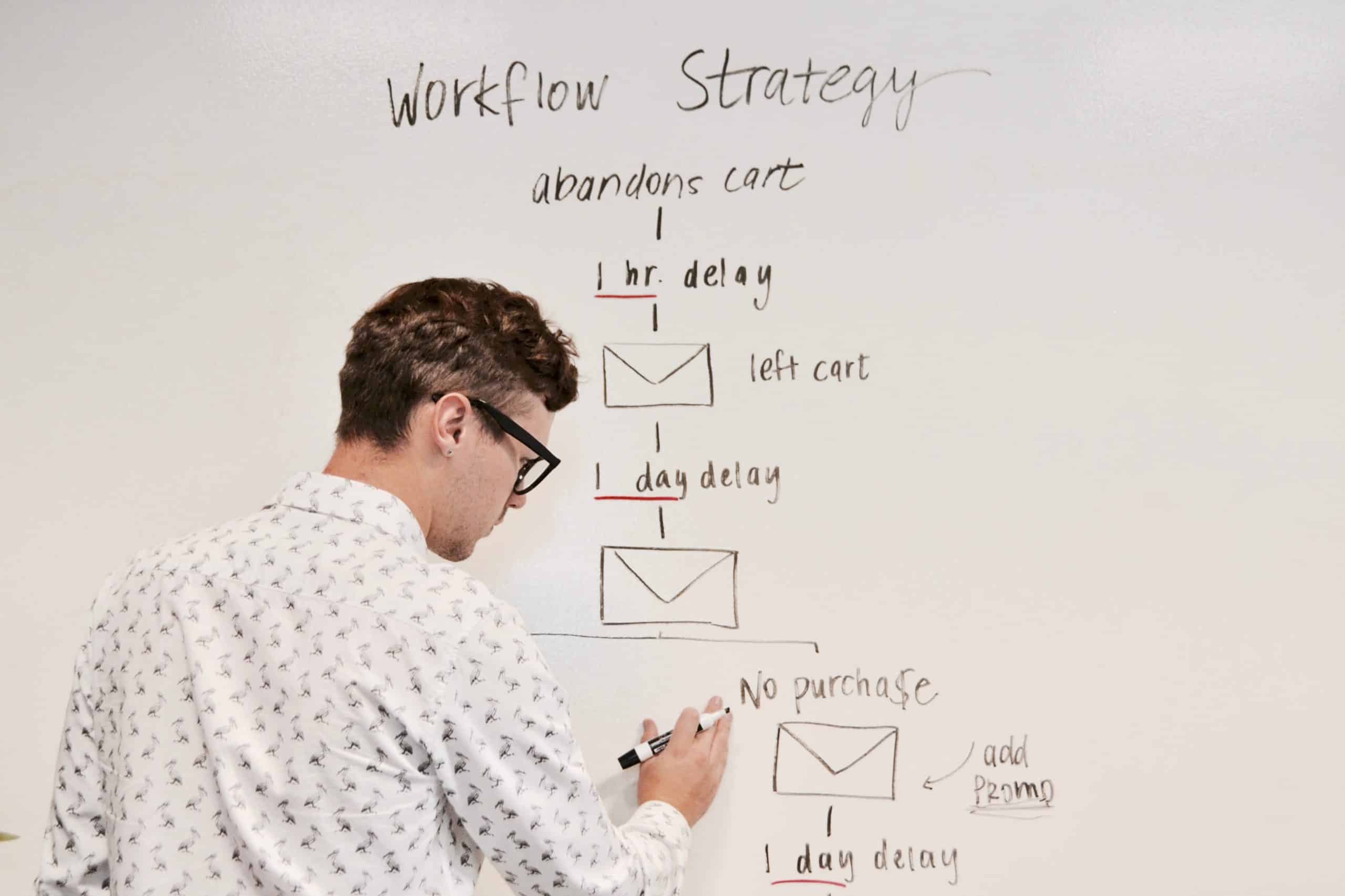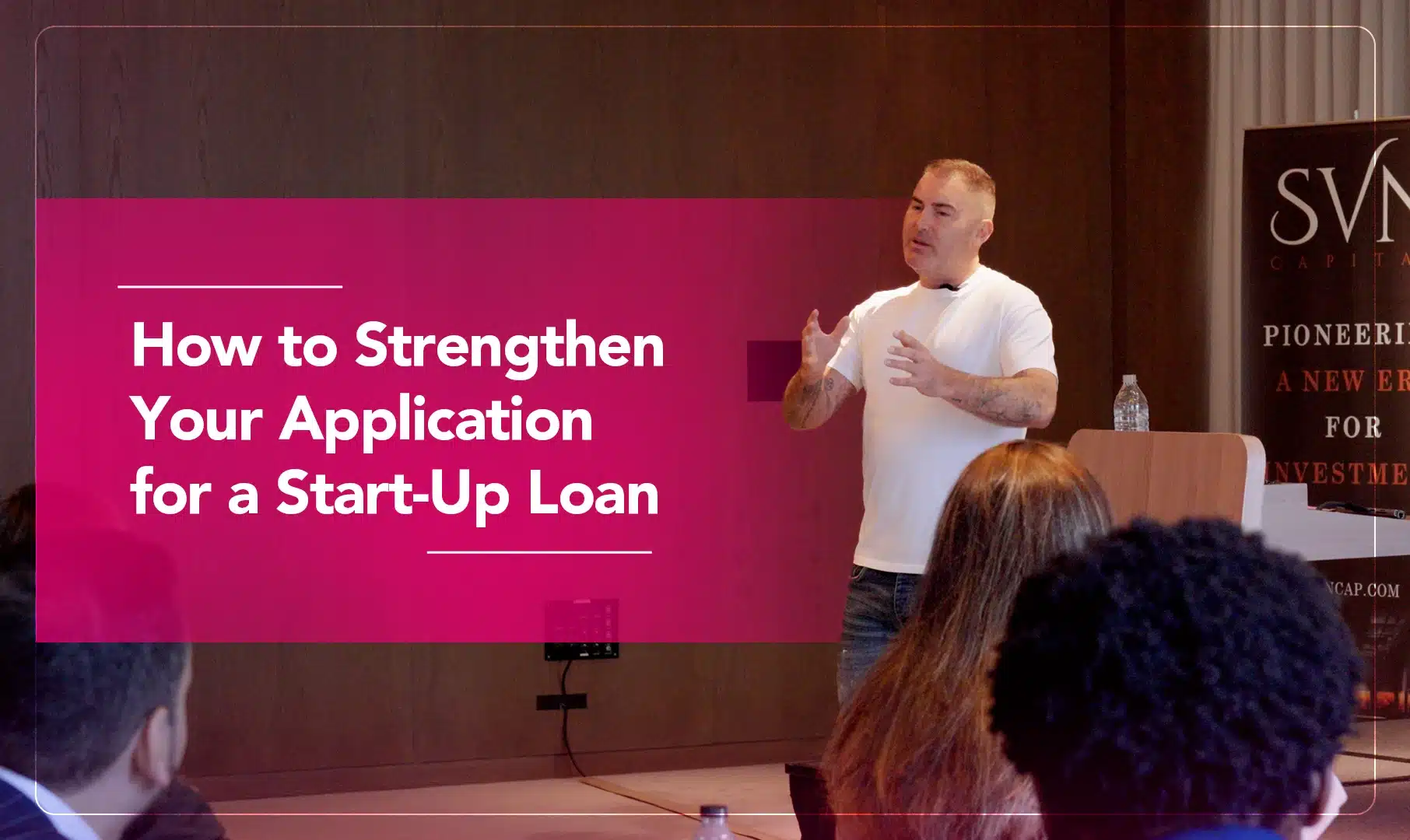
The difference between companies that thrive and those that merely survive usually comes down to systems within the company to manage problems and a large majority can now be seen incorporating the Five-Step Model.
The Five-Step Model is a testament to this, offering a structured and systematic approach that’s been embraced by industry leaders and start-ups alike.
The Five-Step Model Process

1. Define the problem: Every solution begins with a well-defined problem. This is not merely about identifying that there is an issue, but understanding its root cause and the ramifications if left unaddressed. The clarity achieved in this step lays the foundation for the subsequent stages.
2. Gather information: In this age of information, data-driven decisions often lead to success. Thus, once the problem is defined, it’s crucial to collect relevant data, whether it’s market trends, consumer feedback, or competitor analysis. This step ensures that the solutions devised aren’t based on assumptions but hard facts.
3. Generate possible solutions: This is where creativity and strategy come into play. Encourage brainstorming sessions that welcome diverse perspectives. From out-of-the-box ideas to tried-and-tested methods, the goal is to have a gamut of solutions to choose from.
4. Evaluate and select the best solution: Not all solutions, no matter how innovative, are feasible or effective. Assess each solution in terms of potential impact, resources required, and alignment with company goals. It’s a balancing act between ambition and practicality.
5. Take action: All the planning in the world means little without execution. Implement the chosen solution with vigour, but also with a willingness to adapt. Continuous monitoring and feedback loops are crucial to gauge the effectiveness of the solution.
Example of the Five-Step Model in Action
Consider the case of a British high-street retailer grappling with declining in-store sales:
1. Define the problem: In-depth analysis reveals that while online sales are booming, in-store sales are dwindling, hinting at changing consumer preferences.
2. Gather information: The retailer conducts extensive market research, including surveys and focus groups. Findings indicate a growing preference for online shopping due to its convenience, but also a desire for unique in-store experiences.
3. Generate possible solutions: A plethora of potential solutions emerge:
- Overhaul the online shopping platform.
- Introduce experiential retail concepts in-store.
- Partner with local artisans for exclusive in-store collections.
- Offer in-store tech experiences like virtual fitting rooms.
- Collaborate with influencers for in-store pop-up events.
4. Evaluate and select the best solution: After a rigorous evaluation, the retailer opts to introduce experiential retail concepts and partner with local artisans, ensuring a unique in-store shopping experience that online platforms can’t replicate.
5. Take action: The store is revamped to offer thematic sections, hands-on product trials, and exclusive artisanal collections. Workshops and events related to artisanal products are hosted, creating buzz and drawing crowds.
Example of the Approach To Recognise Revenue
Now for this example we will operate as a software-as-a-service (SaaS) company grappling with revenue recognition challenges due to multi-year contracts and varying service clauses.
1. Define the problem: The company struggles to recognise revenue consistently, leading to financial reporting discrepancies.
2. Gather information: A thorough analysis of contracts, customer usage patterns, and service delivery metrics is undertaken.
3. Generate possible solutions: Ideas floated include staggered revenue recognition, milestone-based recognition, or a hybrid model combining both.
4. Evaluate and select the best solution: After assessing each model’s implications on cash flow, investor relations, and compliance, a hybrid model is chosen.
5. Take action: The company rolls out the hybrid revenue recognition model, ensuring transparency in financial reporting and greater investor confidence.
By identifying user pain points and adapting to market needs, SAAS companies use a problem-solving approach to recognise and capitalise on potential revenue streams, ensuring its continued growth in the competitive SaaS market.
In a nutshell, the Five-Step Model is more than just a business tool; it’s a strategic compass, guiding businesses through challenges towards growth and innovation.
In a world teeming with complexities, this model stands out as a beacon, illuminating the path to informed decision-making and sustained success. Whether you’re charting the course for a tech giant or navigating the waters of a boutique firm, the Five-Step Model is indispensable.






